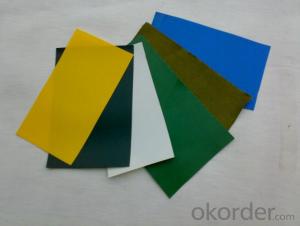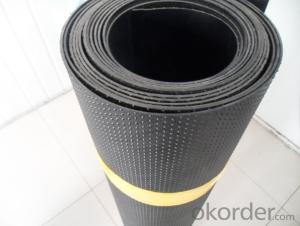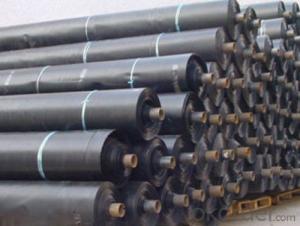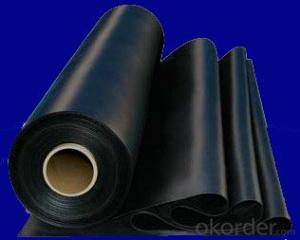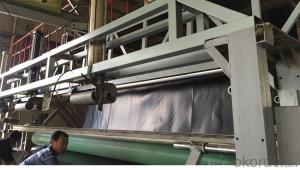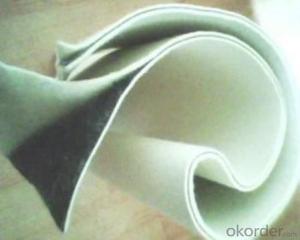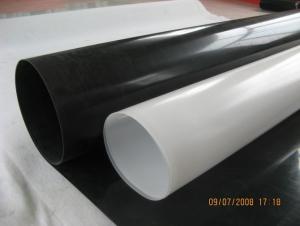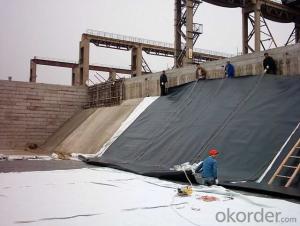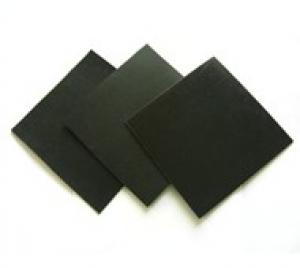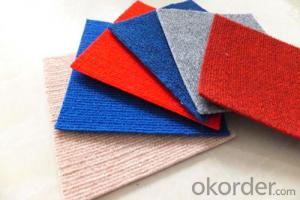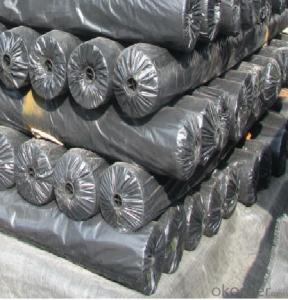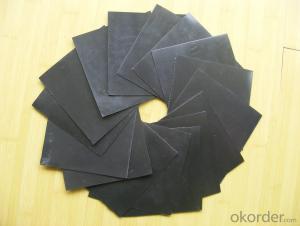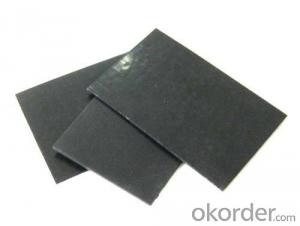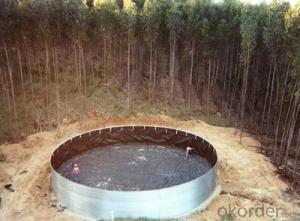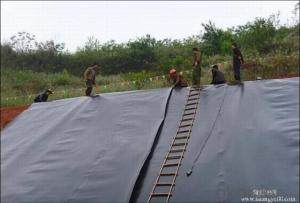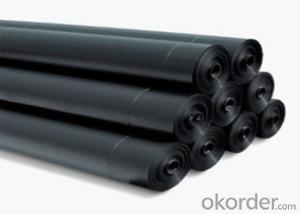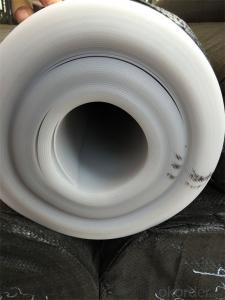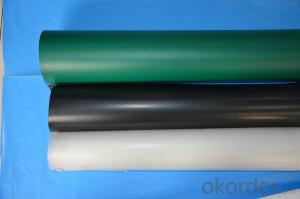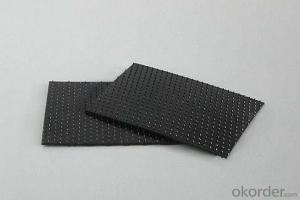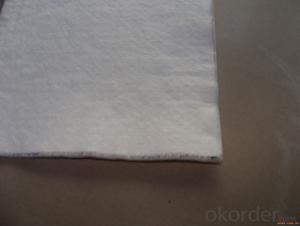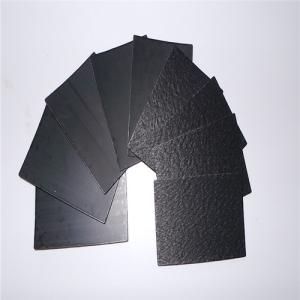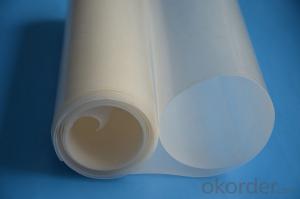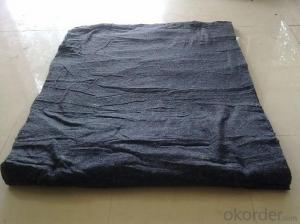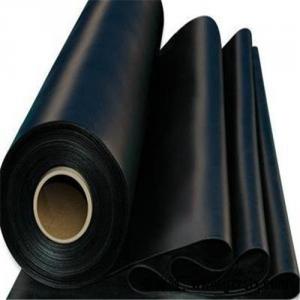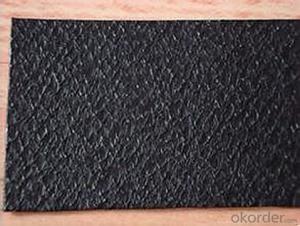Rowad Geomembrane
Rowad Geomembrane Related Searches
Blu Ray Player With Internet Geomembrane In Pakistan 30 Mil Pvc Geomembrane Pvc Geomembrane Specifications Pvc Geomembrane Geomembrane Machine Plastic Geomembrane Nonwoven Wallpaper Geomembrane Material Geomembrane FabricHot Searches
Geomembrane For Sale China Pvc Geomembrane China Geomembrane Roll Sheet Hdpe Geomembrane Sheet Price Hdpe Geomembrane China China Geomembrane Geomembrane China Hdpe Geomembrane Price Geomembrane Price Wholesale Hdpe Geomembrane Roll Geomembrane Factory Wholesale Liner Hdpe Geomembrane Wholesale Geomembrane Hdpe Wholesale Hdpe Geomembrane Geomembrane Market Size Wholesale Hdpe Geomembrana Wholesale Liner Geomembrane Geomembrane Liner Supplier Wholesale Geomembrane China Pvc GeomembraneRowad Geomembrane Supplier & Manufacturer from China
Okorder.com is a professional Rowad Geomembrane supplier & manufacturer, offers integrated one-stop services including real-time quoting and online cargo tracking. We are funded by CNBM Group, a Fortune 500 enterprise and the largest Rowad Geomembrane firm in China.Hot Products
FAQ
- nan
- Geotextiles are usually used to protect roads and slopes and moisturize riverways. Geomembranes are usually used for seepage control of landfills, cesspits, oil tanks, etc.
- Geomembranes are designed to perform well in high wind uplift conditions. They are typically made from durable materials such as high-density polyethylene (HDPE) or polyvinyl chloride (PVC) that have excellent tensile strength and resistance to tearing. Additionally, geomembranes are often installed with anchoring systems or mechanical fasteners to provide additional stability and prevent uplift. Overall, geomembranes have proven to be effective in withstanding high wind uplift conditions and providing reliable containment and protection.
- Yes, geomembranes are suitable for use in oil refinery containment areas. They are designed to provide effective containment and protection against leaks, spills, and seepage of hazardous substances. Geomembranes offer excellent chemical resistance, durability, and flexibility, making them ideal for use in the harsh and demanding conditions of oil refinery facilities.
- nan
- The flat film pressure transmitter is based on the mechanism that the liquid pressure is directly in proportion to the height of the liquid, and takes the disfussion silicon or the capacitance sensor and turn the static pressure into electrical signal. After temperature compensation and linear correction. Convert to 4-20mADC standard current signal output. The liquid level transmitter is composed of a fully sealed isolating membrane oil filling liquid level sensor and an instrument special circuit, which has the advantages of high measuring precision, good stability, long service life, convenient installation and so on. it is using the unique process of sealing structure, anti leakage performance is good, long-term immersion in liquid work is reliable!
- nan
- The unidirectional geogrid according to different materials is divided into one-way polyethylene geogrid and PP unidirectional geotechnical grille. According to the tension of different TGDG30KN TGDG40KN TGDG50KN TGDG60KN TGDG80KN TGDG90KN TGDG100KN TGDG110KN TGDG120KN TGDG150KN TGDG200KN until TGDG260KN
- Yes, geomembranes can be used in hydroelectric power plants. They are commonly used in various applications within these plants, such as lining water reservoirs, canals, and penstocks. Geomembranes provide an effective barrier to prevent water leakage and seepage, ensuring the integrity and efficiency of the hydroelectric power plant infrastructure.
- Yes, geomembranes can be used in industrial wastewater treatment. They are often used as liners in wastewater treatment ponds, tanks, and lagoons to prevent the seepage of contaminants into the surrounding environment. Geomembranes act as a barrier, preventing the migration of pollutants and ensuring the proper containment and treatment of industrial wastewater.
- Yes, geomembranes are suitable for use in industrial waste management. They offer an effective barrier to prevent the leakage or seepage of hazardous materials into the environment. Additionally, geomembranes are durable, flexible, and resistant to various chemicals, making them a reliable choice for containing and managing industrial waste.










